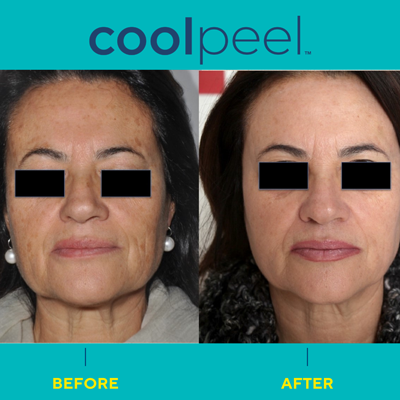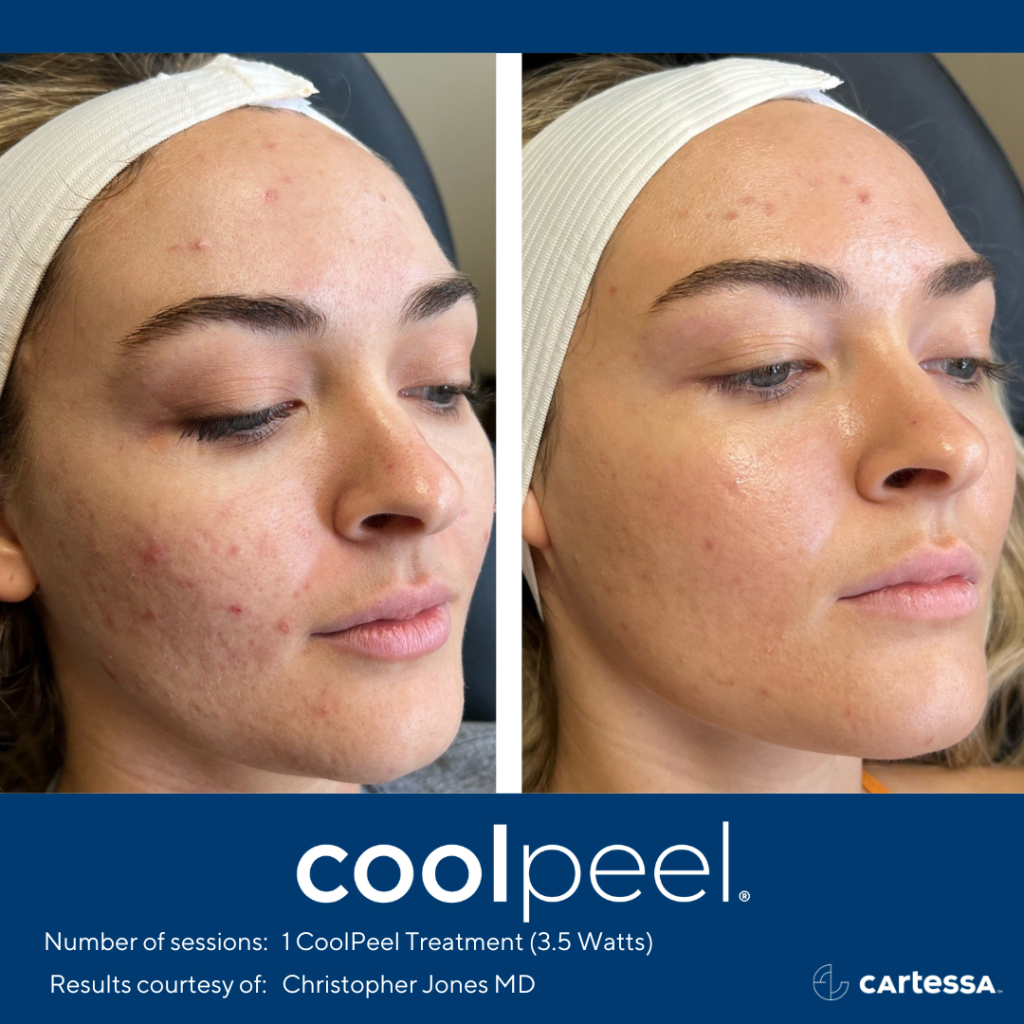Top reasons people choose Delray Dermatology a go-to for skin care and anti-aging treatments
Exploring the current Trends in Dermatology: Treatments and advancements
As the field of dermatology continues to develop, groundbreaking technologies and innovative treatment approaches are transforming patient care. From the rise of telemedicine to the increasing use of fabricated intelligence, these advancements use boosted analysis precision and customized treatment choices.
Pioneering Technologies in Dermatology: A Closer Look

The Rise of Personalized Dermatology Treatments
With the advent of innovative technologies in dermatology, a significant change is observed in the direction of more personalized therapy strategies. These methods usually come from the understanding that each client's skin is one-of-a-kind, calling for customized care. Coolpeel Laser. Tailored therapies intend to deal with particular skin worries based on genetic info, way of life variables, and private reactions to therapies
Personalized dermatology therapies can vary from bespoke skin care items to customized restorative plans. The surge of customized dermatology therapies symbolizes a profound adjustment in person treatment, highlighting the individual's special needs and responses.
Dermatology and the Influence of Artificial Intelligence
While customized treatments revolutionize client treatment in dermatology, an additional considerable transformation is brought around by the assimilation of synthetic knowledge (AI) AI's prospective prolongs to forecasting therapy results and customizing treatment strategies, improving the effectiveness of the present technique. Despite these obstacles, the effect of AI on dermatology is indisputable, i was reading this pointing towards a future where innovation and human competence job in tandem you could try this out for optimized patient treatment.
The Growing Appeal of Non-Invasive Dermatological Treatments
In the world of dermatology, a notable shift is being observed towards non-invasive procedures. These innovative techniques, such as laser treatment, chemical, and microdermabrasion peels, are obtaining appeal due to their minimal healing time and reduced danger of complications. The trend reflects a more comprehensive social choice for quick, reliable therapies with little interruption to day-to-day life. Non-invasive treatments typically supply a more cost effective alternative to surgical treatments, making them available to a wider populace. This advancement in dermatology not just illustrates technological improvements in the area yet likewise shows transforming patient assumptions and desires. As this industry continues to grow, it is expected to shape the future of skin-related treatments significantly.
Arising Biological Therapies in Dermatology
Are biological therapies the next frontier in dermatology? Various other organic therapies, like TNF inhibitors and IL-12/ 23 inhibitors, have additionally shown pledge. Their appearance stands for a considerable shift in dermatological therapy techniques.
Conclusion
The landscape of dermatology is swiftly progressing, with developments in telemedicine, imp source fabricated intelligence, and non-invasive treatments blazing a trail. Personalized therapies and arising organic treatments are redefining person treatment. These developments highlight the sector's dedication to advancement and boosted patient outcomes. As dermatology proceeds to expand and adapt, it stays a vibrant area that is positioned to supply increasingly efficient and targeted therapies.
As the area of dermatology proceeds to develop, groundbreaking modern technologies and cutting-edge treatment strategies are changing individual treatment.With the development of advanced innovations in dermatology, a notable change is observed towards more customized therapy methods. Customized therapies intend to attend to specific skin issues based on genetic information, lifestyle variables, and individual responses to treatments.
The rise of individualized dermatology treatments signifies an extensive change in individual care, highlighting the individual's special needs and feedbacks.
